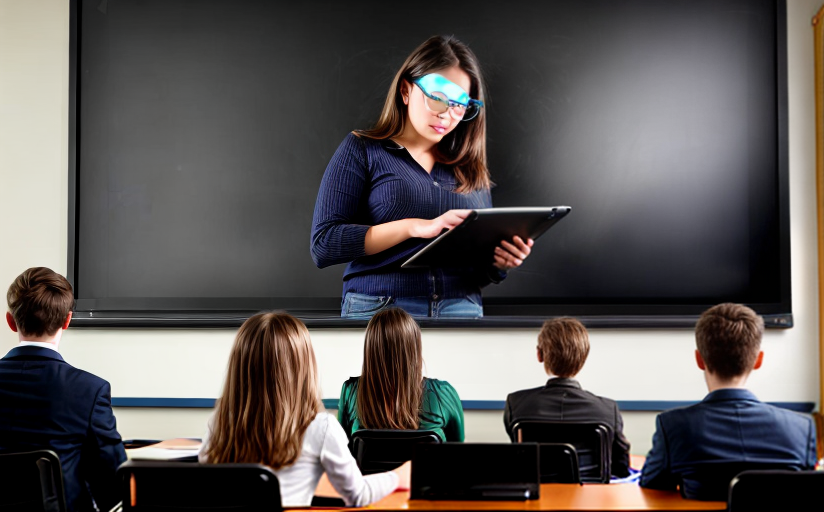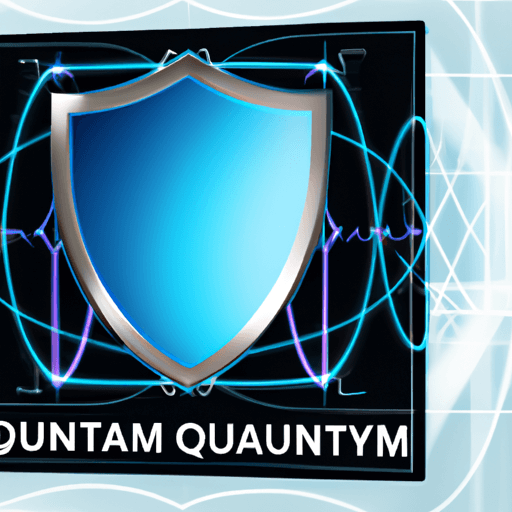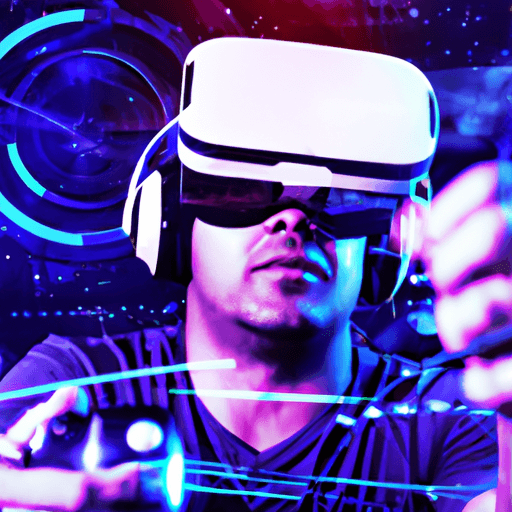Technology and Modern Education: A Dynamic Transformation
In the context of the advanced digital era we inhabit, the sphere of education is going through a dynamic transformation stimulated by technology. It has been instrumental in enhancing teaching methods, simplifying access to information, and creating engaging learning environments. This article explores the numerous ways technology plays an integral role in modern education, with a focus on e-learning in the pandemic era, supported by relevant data, research, and expert insights.
Role of Technology in Enhancing Teaching Methods
The infusion of technology in classrooms has been instrumental in revolutionizing teaching methods. Teachers now utilize tech tools like smart boards, tablets, student response systems, and educational websites to enhance the learning experience and make their lessons more interactive. These applications enable teachers to customize their instruction to cater to a variety of learning styles. Case in point, the blended learning approach, a combination of physical teaching and digital learning, has shown increased student engagement and improved academic performance.
Simplified Access to Information
Technology has facilitated ease of access to information. Digital libraries, online databases, and e-books are now at the fingertips of students irrespective of geographical limits. Websites like Khan Academy and Coursera offer a wealth of free resources for learning a wide array of subjects, allowing for self-paced, personalized learning. However, these advancements also necessitate digital literacy and responsible digital citizenship.
Creating Engaging Learning Environments
Technology has made learning more engaging, participative, and fun. Learning tools like virtual reality (VR) and augmented reality (AR) immerse students into realistic 3D environments, facilitating better comprehension of complex topics.
Benefits and Drawbacks of Technology Integration
While the benefits of using technology in classrooms are manifold, like promoting collaboration, boosting engagement, and fostering creativity; there are also potential drawbacks. Notably, the digital divide risks widening educational disparities between students with and without access to tech devices and Internet connectivity. Privacy concerns are another potential pitfall, as the increase in digital platforms used in education raises the risk of data breaches.
E-Learning and the Pandemic
The COVID-19 pandemic has accelerated the transition to e-learning, proving both its necessity and efficacy. Schools and higher education institutions worldwide have shifted to online modes of teaching, encompassing a blend of synchronous and asynchronous learning. The e-learning market size reached $336.98 billion in 2020 and is expected to grow to $1.09 trillion by 2027.
Future of Edtech
As we move forward, technology integration in education will only expand. With AI-powered personalized learning, VR and AR-driven immersive learning experiences, and blockchain-powered certificates, the potential of Edtech is promising. But it is essential to address the challenges to maximize its benefits and achieve inclusive, quality education for all.

















Comments
Leave a Comment